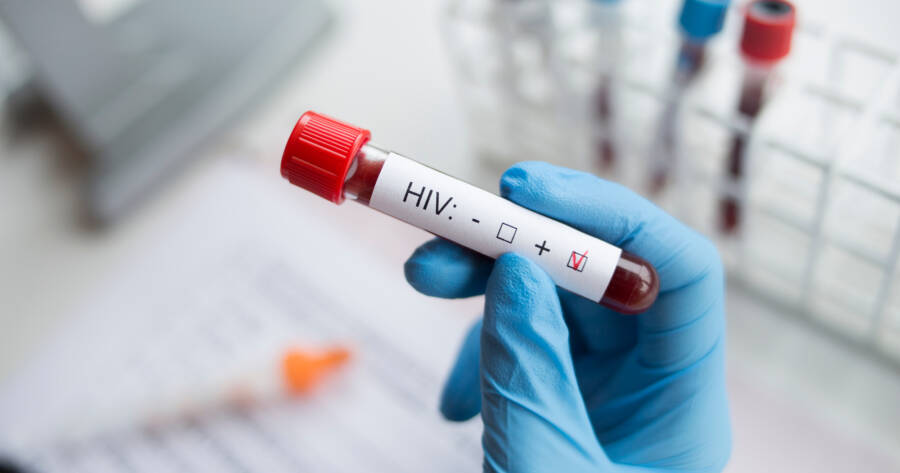Human Immunodeficiency Virus (HIV) can be a devastating illness but treatment options have come a long way. Want to learn more about this global health challenge? Discover breakthroughs, treatments, and support for those affected with HIV.
What is HIV?
HIV is a retrovirus that targets the immune system and weakens people’s defense systems against infections and some types of cancer. Acquired Immunodeficiency Syndrome (AIDS) is the final stage of HIV infection. Without proper treatment, HIV can lead to AIDS, which is a life-threatening condition.
HIV is primarily transmitted through unprotected sexual intercourse, contaminated blood transfusions, sharing needles or other drug paraphernalia, and from mother to child during pregnancy, childbirth, or breastfeeding. It is crucial to note that HIV cannot be transmitted through casual contact such as shaking hands, hugging, or sharing utensils.
Early detection and treatment of HIV are essential for managing the infection and preventing the development of AIDS. Antiretroviral therapy (ART) is a combination of medications that can suppress the virus and help people with HIV live longer, healthier lives. Regular medical care and adherence to treatment are vital for successful HIV management.
HIV: A Deeper Look
HIV primarily infects a type of white blood cell called a CD4+ T cell, also known as a helper T cell. These cells play a critical role in the body’s immune system by coordinating and regulating immune responses. When HIV enters a CD4+ T cell, it uses the cell’s machinery to make copies of itself. These copies are then released from the cell and can infect other CD4+ T cells, leading to a progressive decline in the number of these vital immune cells. 1
As the number of CD4+ T cells decreases, the body becomes increasingly vulnerable to various infections and certain types of cancer. This weakened immune system is characteristic of AIDS, the most advanced stage of HIV infection. Opportunistic infections, such as Pneumocystis jirovecii pneumonia (PCP) and cytomegalovirus (CMV), and certain cancers, including Kaposi’s sarcoma and non-Hodgkin lymphoma, are common complications of AIDS.
Understanding the mechanisms by which HIV affects the immune system is crucial for developing effective treatments and interventions. Ongoing research focuses on developing new strategies to target the virus, prevent its replication, and enhance the body’s immune response to the infection.
HIV: Prevention and Treatment
Prevention is paramount in combating HIV transmission. Practicing safe sex, using condoms consistently and correctly, and avoiding sharing needles or other drug paraphernalia are essential preventive measures. Education and awareness about HIV transmission and prevention strategies play a vital role in reducing the spread of the infection.
For individuals living with HIV, timely diagnosis and access to effective treatment are crucial. Antiretroviral therapy (ART) is the cornerstone of HIV treatment. ART involves a combination of medications that work together to suppress the virus and prevent it from replicating. 2 With proper adherence to ART, people with HIV can achieve viral suppression, which significantly reduces the risk of developing AIDS and other complications.
Regular monitoring of viral load and CD4+ T cell counts is essential for assessing the effectiveness of ART and managing the overall health of individuals with HIV. Advances in HIV treatment have transformed the management of the infection, enabling people with HIV to live longer, healthier lives.
Learn More About HIV
For more comprehensive and up-to-date information on HIV, refer to reputable sources such as the World Health Organization (WHO), the Centers for Disease Control and Prevention (CDC), and the National Institute of Allergy and Infectious Diseases (NIAID). These organizations provide valuable resources, guidelines, and information on HIV prevention, testing, treatment, and research.
